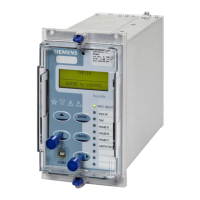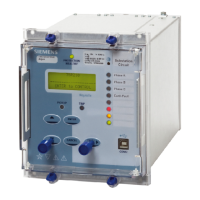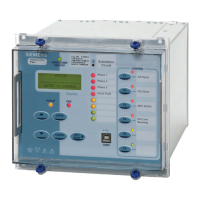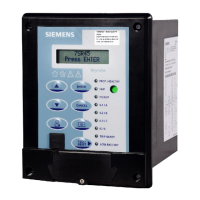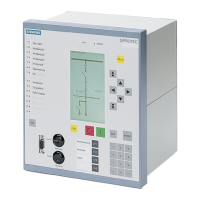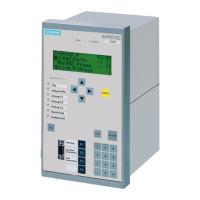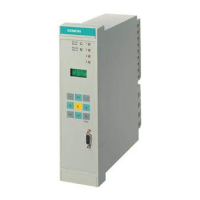7SR18 Commissioning & Maintenance Guide
Unrestricted ©2018 Siemens Protection Devices Limited Page 13
2.2 SECONDARY INJECTION TESTING
It is important that relay elements are tested individually, as spurious results may be recorded if more than one
element operates from an injection. Some functional elements may need to be set to ‘Disabled’ others may
require pick-up and time delay settings to be increased, thus avoiding simultaneous operation of relay functions.
2.3 CURRENT DIFFERENTIAL
It is only necessary to test the relay operation at the settings to be used. Apply the settings to the relay in
accordance to the requirements for the circuit and scheme.
The differential elements can be tested for accuracy of current magnitude comparison with the relays in three
different configurations: -
a) Normal - with healthy communications between relays.
b) Loop Test Mode – Single relay test without communications.
c) Line Test Mode – Single relay test with communications.
The relays at both ends of the feeder should be tested using one and the same of these modes at any particular
time. The injection will test the relay accuracy at the differential setting (I
s
). The differential pick-up level should be
approximately the Phase Fault differential setting applied to the relays. The results should be recorded e.g. in the
Sample Test Record, see below.
Input
Setting
Pick-up
Error(±10 % of
100 % Max)
Reset
Reset (
95 %
of pick-up)
Phase A
Phase B
Phase C
a) Normal Connection
This test requires both relays to be powered up, settings applied and a healthy communications channel between
them. Inject single-phase or three-phase current into the current inputs of each relay in turn. Slowly increase the
current until the TRIP LED operates and record the pick-up current. The remote relay will also operate on current
differential as the relay can operate for a single end fed fault. Reduce the current and record the drop- off level.
Check that all pick-up current levels are measured within 100 % ± 10 % for 1 A rated inputs, and 100 % ± 15 %
for 5 A rated inputs, of the applied setting. Check that the reset levels are ≥95 % of the measured pick-up value.
The stability of the differential protection system can only be checked when primary load current is applied, refer
to Section 2.8.
b) Loop Test Mode
A single relay can be tested on its own in this mode. To select this mode, press the [Down] arrow button on the
relay until the PROT’N COMMS appears, then press [Right] arrow button on the relay until the PROTECTION
COMMS appears, then press the [Down] arrows until Prot’n Test Mode appears. Press [Enter] and then use [Up] /
[Down] arrows to select ‘Loop Test’ and press [ENTER] to confirm.
The relay can be tested by connecting a single fibre optic between the Tx to the Rx ports on the same relay. In
this mode, the relay will test as a single end relay, as the received signal is ignored. Inject Current as described
above and record the pick-up and drop-off values of current. Using this method it is only possible to check the P/F
Differential Setting and perform a local end trip test.
.
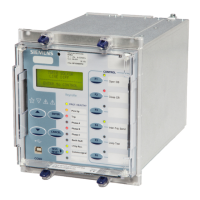
